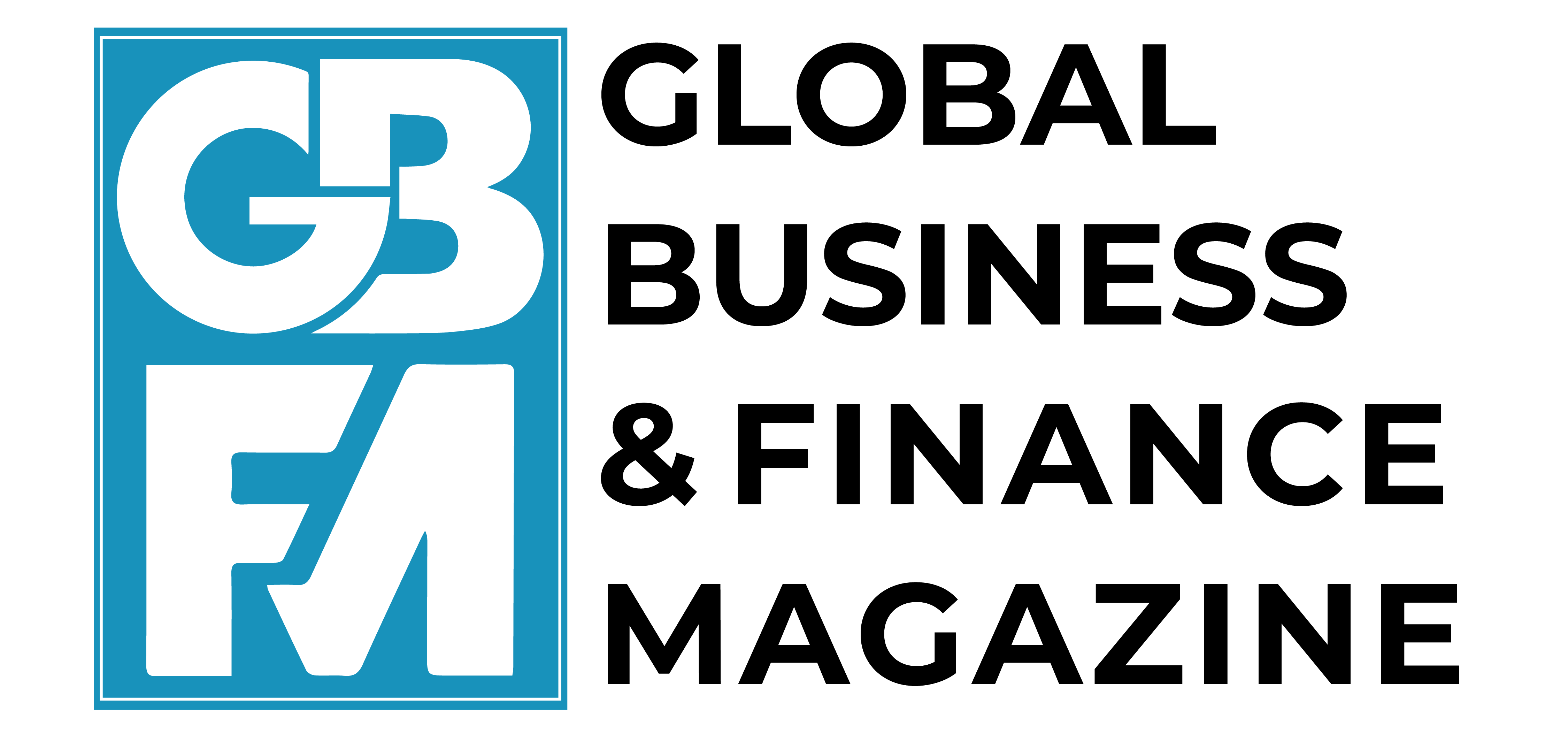Inflation targeting has emerged as the dominant monetary policy framework in advanced and emerging market economies. This column discusses three main challenges faced by inflation-targeting central banks: the recent high-inflation episode and increasingly frequent supply-side disruptions; expanding central bank balance sheets since the Global Crisis; and risks to central bank independence. The authors argue that regular communication with the public, for example on the use of different policy instruments or with scenario analysis, can help enhance central bank credibility and support independence.
Inflation targeting has emerged as the dominant monetary policy framework among central banks in advanced and emerging market economies, as we discuss in our recent paper (Kiley and Mishkin 2025b). Central banks employing this framework commit to achieving a specific inflation rate, typically over the medium term, and communicate regularly with the public about their policy decisions and economic projections. The framework has been remarkably successful in anchoring inflation expectations and promoting price stability. But it faces challenges from the recent bout of high inflation, questions over the expansion of central bank balance sheets since the Global Crisis (GFC), and related risks to central bank independence.
Current state of inflation targeting
Several features are common across inflation targeting economies. Inflation targeting central banks announce a numerical target for inflation, usually around 2% for advanced economies. While prioritising price stability, inflation targeting allows for short-term deviations to address other economic concerns such as output or employment stability (as in the dual mandate for the Federal Reserve). 1 Borio and Chavaz (2025) document how inflation targeting central banks have increasingly adopted a flexible approach that incorporates output stabilisation. In addition, inflation targeting central banks regularly communicate policy decisions, economic forecasts, and the rationale behind their actions. These communications are part of an overall approach to ensure they are held accountable for achieving their stated inflation objectives.
Table 1 shows the evolution of monetary policy regimes across selected economies as of the end of 1993, 2007, and 2023. Since inflation targeting was first adopted by the Reserve Bank of New Zealand in 1990, it has spread across advanced economies, with nearly all major economies deploying the framework. The adoption of inflation targeting among large emerging market economies has also been significant. there monetary regimes have become less common. Rose and Rose (2024) document the emergence of inflation targeting, fixed exchange rate regimes, and currency unions as the durable monetary arrangements over recent decades. Fixed exchange rate and currency unions are more common among very small emerging market economies (e.g. the currency unions in the Caribbean and Africa).
Table 1 Monetary policy regimes in selected economies, 1993-2005


Note: *Indicates that the country subsequently joined the euro area
Source: Cobham (2021). For details, see Kiley and Mishkin (2025b).
Challenges facing inflation targeting
Maintaining the nominal anchor and returning inflation to objective
Despite major shocks — including the Global Crisis, COVID-19, and the 2021-22 inflation spike — inflation expectations remained largely anchored in advanced and many emerging market economies, reflecting the credibility of inflation targeting frameworks (Bundick and Smith 2024, Robitaille et al. 2024, Kiley and Mishkin 2025b). For example, Figure 1 presents the evolution of CPI inflation and long-horizon inflation expectations in the US and Brazil. In both cases, expected inflation five years in the future has remained remarkably anchored in recent years. The stability in longer-term inflation expectations contributed to stability in long-term interest rates and economic activity, while aiding the disinflation from its early 2020s peaks. At the same time, inflation has not returned to its target on a sustained basis in either of these economies, as well as others. In the US, inflation appears likely to rise in 2025 as higher tariffs are passed on to consumers, although the size and duration of such effects is uncertain. Increasingly frequent supply-side disruptions, which push inflation and activity in opposite directions (including tariffs), can complicate inflation control. A prolonged period of above-target inflation could risk de-anchoring long-term expectations.
An additional set of potential challenges to the pursuit of price stability relate to the higher levels of public and private debt that have accumulated over the post-Global Crisis period of relatively low nominal interest rates. The higher inflation and interest rates of recent years have raised debt service burdens. In the extreme, increases in interest rates could challenge the ability of the private sector or governments to service their debt. These adverse effects on economic activity could impede the ability of a central bank to achieve price stability. These possibilities — fiscal or financial dominance — have long been faced by emerging markets, but the sharp increase in sovereign debt burdens has raised similar concerns in discussions including advanced economies (Rajan 2023, Brunnermeier 2023).
Figure 1 CPI inflation and long-run inflation expectations


Source: Bureau of Labor Statistics, OECD, and Consensus Economics
Note: Inflation is the 12-month percent change in the CPI. Long-run inflation expectations are expected inflation six-ten years in the future from the Consensus Economic survey of forecasters.
Managing expanded central bank balance sheets
The role of balance sheet policies in monetary policy implementation has expanded significantly over the past two decades. Deployment of balance sheet policies has raised challenges regarding calibration, communication, and integration with inflation-targeting frameworks. The Federal Reserve’s post-2020 quantitative easing (QE) programme illustrates these ideas. Quantitative easing was initially justified as a tool for market stabilisation but later shifted to a tool for demand stimulation. While QE can be used for both purposes, deployment of the same tool for multiple purposes complicates the achievement of objectives and the public’s understanding of the tool’s use.
The complications associated with QE suggest a role for enhancements to communications regarding the use of central bank balance sheets for market stabilisation and economic stimulus, as suggested in English and Sack (2024) and Group of Thirty (2025). If markets and the public have a better understanding of the policy reaction process, including the use of balance sheet policies for economic stabilisation or financial stability purposes, they can better hold the monetary policy authorities accountable for their use of such tools (Kiley and Mishkin 2025b).
The expansion of central bank balance sheets has also had fiscal implications. In the early years of quantitative easing, these policies increased remittances from central banks to fiscal authorities. Even before inflation and nominal interest rates rose post-2021, there was concern that central bank holdings of long-duration government debt implied that a shift to higher interest rates would lead to losses on central bank balance sheets. In the event, the sharp rise in interest rates since the early 2020s has led to substantial mark-to-market losses on central bank asset holdings in advanced economies (Bell et al. 2023).
Maintaining central bank independence
While the income of the central bank from its asset/liability mix does not directly affect the central bank’s pursuit of price and economic stability, fiscal losses at the central bank present communication challenges and have amplified discussions of how fiscal effects may erode public support for central bank independence (Rajan 2023, Brunnermeier 2023). The high inflation of the early 2020s was also painful for households (Stantcheva 2024), which may also affect public support for the central bank. Researchers have also highlighted how additional mandates beyond the traditional remit of central banks, for example with respect to the effects of climate change or inequality, could compromise central bank independence with respect to monetary policy and divert central banks’ focus on core mandates (e.g. Carstens 2021, Warsh 2025, Kiley and Mishkin 2025a).
The degree to which these developments undermine central bank independence and the pursuit of price stability remains unclear. Romelli (2024) documents how the trend towards central bank independence was maintained in the years after the Global Crisis, while Khan (2025) reviews recent work pointing towards a reversal of the tide towards central bank independence. The inflation targeting framework is well suited to demonstrate the benefits of central bank independence. Inflation targeting can promote public support through its transparent description and implementation of the monetary policy reaction process, which explains how the central bank’s policy instruments are being set to promote its price and economic stability objectives. Through regular communication with the public, the central bank can enhance its accountability for attaining its inflation objectives and thereby maintain the credibility to both achieve its objectives and support its independence. In this regard, efforts to further improve central bank communications, for example through the greater use of scenario analysis as in recent reports by the Riksbank, Reserve Bank of Australia, and ECB, could be explored by a greater set of inflation-targeting central banks.
Source : VOXeu





































































